What Is Taffeta Fabric? A Complete Guide to Properties of Taffeta, How Taffeta Is Made, and Where It Comes From
When you ask, “What is taffeta fabric?” You’re asking about a textile...
Working in the fashion sector could lead to a fulfilling career if you have a passion for apparel and design. A combination of professional experience, role-related abilities, and postsecondary education may be necessary for you to become a fashion designer.
Are you ready to follow your passion into the workplace and see your creations walk the catwalk? It’s difficult but gratifying to work on steps to become a fashion designer.
You can make sure you have the required certifications and technical skills by learning about this profession and how to be a fashion designer.
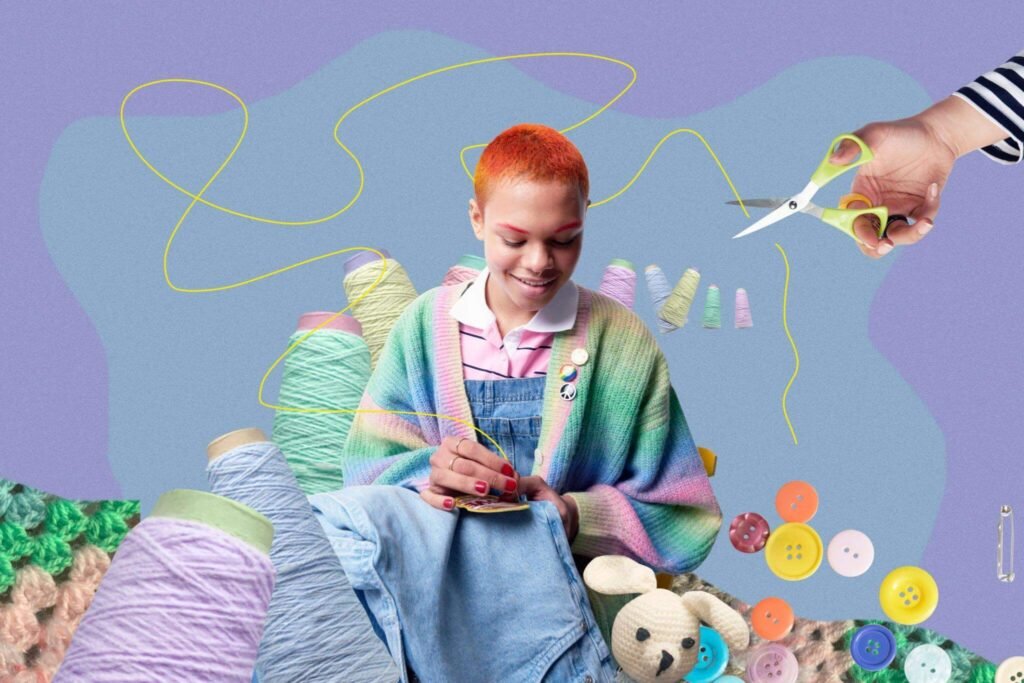
How do you become a fashion designer? Successful fashion designers advance through the ranks. Before enrolling in a fashion degree, many begin developing their skills. Admission to competitive fashion programs is facilitated for aspiring designers by teaching them how to learn fashion design, keep up with fashion trends, and practice with design software.
Following graduation, designers frequently work as fashion buyers’ assistants, stylists, and assistants to well-known designers. These positions support designers in developing their networks and skill sets.
So you want to launch your own company doing clothing design? The following actions will help you get onto the runway:
Having a degree in design can help you pursue your love of fashion as a job. Bachelor’s degrees in fashion design, merchandising, and marketing are available from numerous reputable fashion design colleges.
Choose a specialization. Fashion design degrees typically offer domains in areas like:
Decide on a focus area that complements your skills and interests. You can learn fashion design skills like computer-aided design (CAD), textile choosing, trend forecasting, and pattern building from these programs. You’ll gain valuable experience interning at fashion houses or with designers to build your portfolio.
Which design aesthetic do you prefer? Your collection ought to have a unified aesthetic and viewpoint.

Use your coursework to experiment with fabrics, cuts, and styles to develop your distinctive aesthetic. Study the latest runway and retail trends to stay on the cutting edge. Build a cohesive collection of sketches, photos, and samples that reflect your signature style.
You can start your fashion design career and send styles down the runway if you have formal training, are committed to your trade, and have a portfolio that shows off your ability and creativity.
Creating your distinctive style and compiling a compelling portfolio are prerequisites for becoming a fashion designer. Find out what motivates you to begin with. You may be drawn to retro styles, earthy bohemian looks, or high-fashion glamor. Once you find your muse, create mood boards, sketches, and clothing samples that showcase your signature style.
You’ll need this portfolio to pitch to investors and buyers. Include photos of your designs on models to demonstrate how the pieces come together in complete looks.
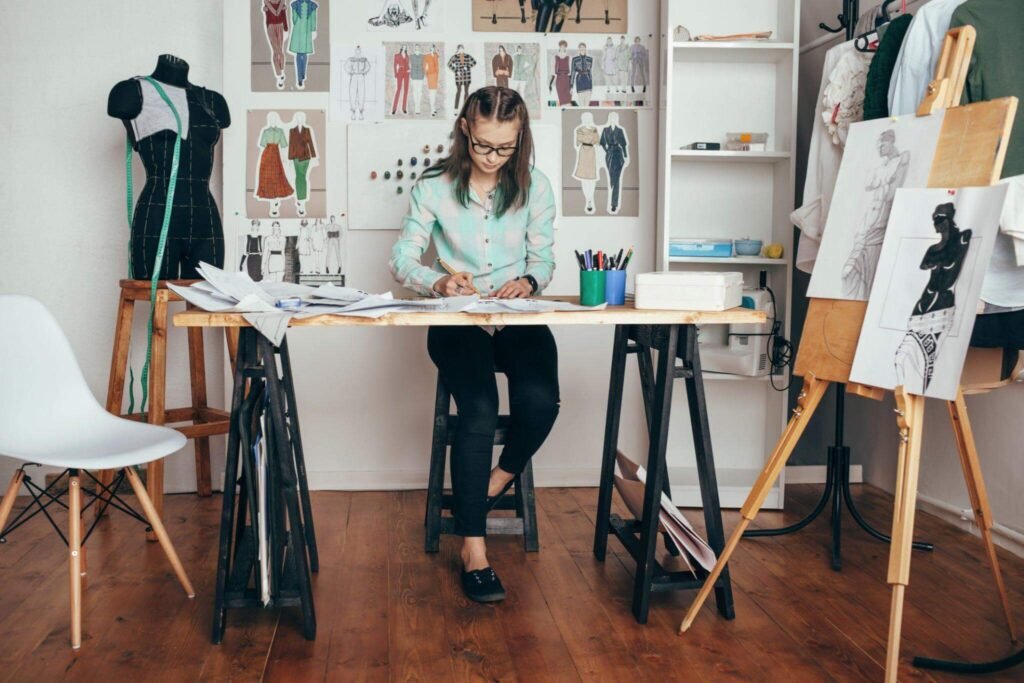
Your talents will advance and your style will change with time and practice. You’ll be well on your way to seeing your designs on the runway if you keep designing, work hard, and develop your portfolio.
Getting practical experience can help you get ready for the fashion design profession. An internship is a great way to get experience, network, and develop your portfolio.
Search for internships at fashion design firms, retail companies, and clothing manufacturers. Some possible intern roles include:
Make contact with businesses that pique your interest, and be ready to offer your portfolio, cover letter, and CV together with a statement of your enthusiasm for the position. The application process can be competitive, so apply to multiple places.
An internship, ideally lasting 3-6 months over a summer or semester, will provide valuable work experience. You’ll establish industry connections, learn practical skills to strengthen your design abilities and have the opportunity to take on more responsibility, potentially contributing to real product designs. Use this experience to further build out your portfolio with pieces you’ve helped develop.
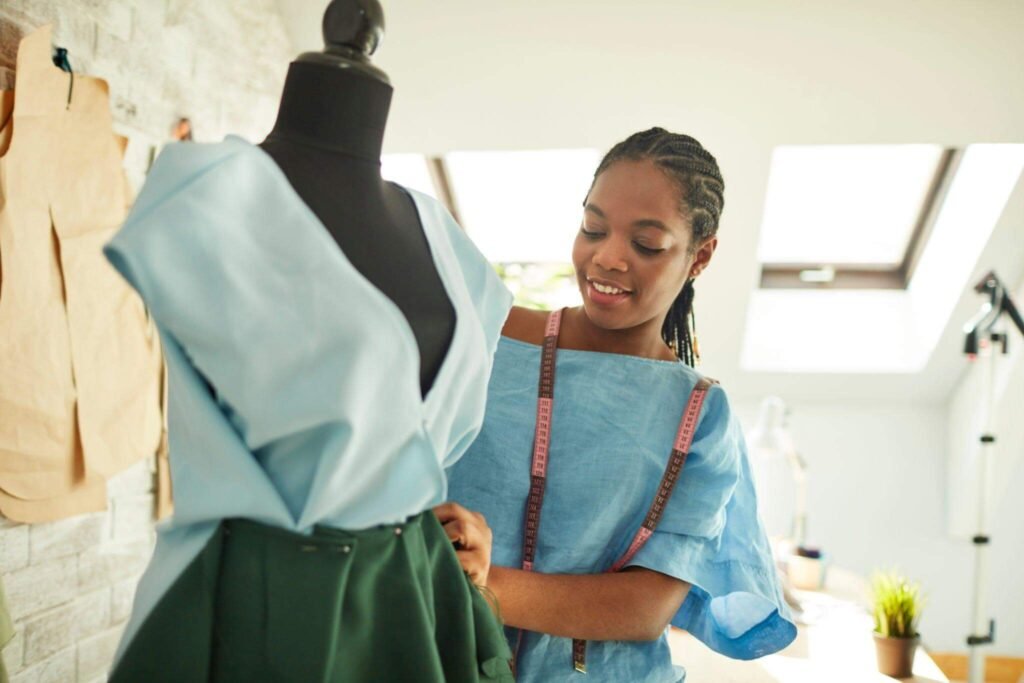
An internship’s practical instruction is crucial for making the switch from student to professional fashion designer. Seize every chance to obtain practical experience, as it will prove beneficial for your future professional endeavors.
After refining your abilities and building your portfolio, it’s time to network. Getting your foot in the door in the fashion industry requires networking and building connections.
Find high-quality, affordable materials and a manufacturing partner to produce your designs. Visit textile shows to discover new fabrics. Research domestic and overseas clothing production process options to determine what will work best for your brand based on quality, cost, and minimums.
Seek out and attend industry events like fashion shows, conferences, and meetups. This allows you to network with other professionals in the sector, identify possible mentors, and get exposed to current trends. Never be reluctant to approach designers and start a conversation. You never know where that relationship might go.
Connect with people currently in roles you aspire to. Contact designers at fashion houses you admire and ask if they’d be open to an informational interview. Be professional and courteous and come prepared with thoughtful questions about their work and career path. These relationships may lead to mentorship, internships, job opportunities, or collaborations down the road.
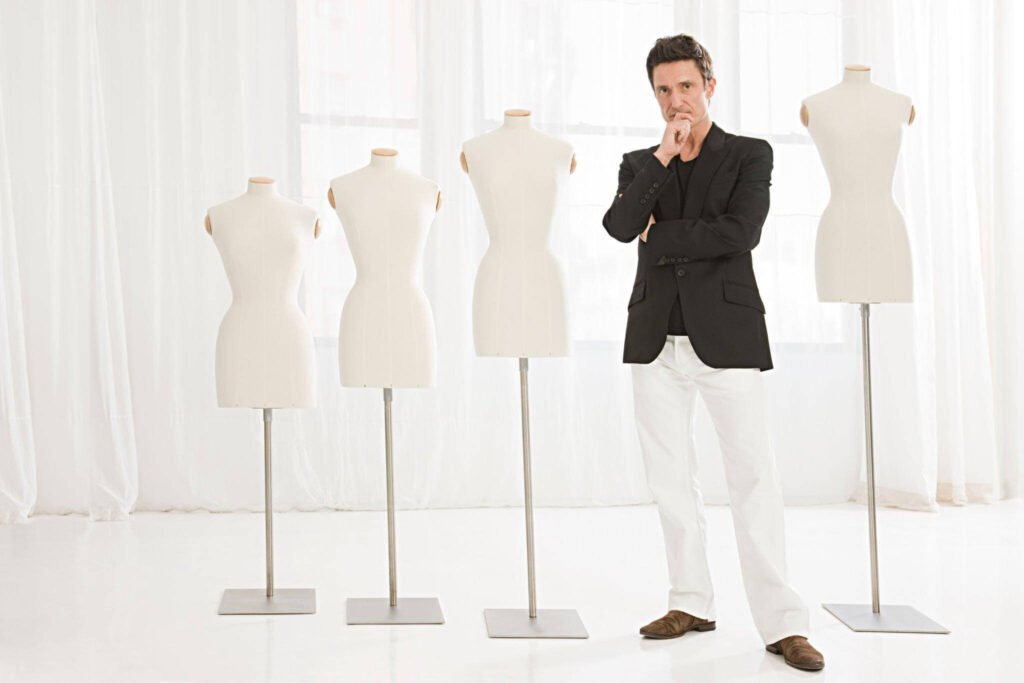
Websites like LinkedIn, AngelList, and Fashlnvest allow you to create a professional profile, connect with others in fashion, and stay on top of job openings. Build your network by following influencers in the industry and engaging with their posts. Look for relevant fashion groups and join the conversation. But avoid outright self-promotion and focus instead on providing value to others.
Making authentic connections and nurturing relationships with the right people can open doors as you work to launch your fashion design career. While it may take time, networking and mentorship from experienced professionals are invaluable. Stay persistent, help others along the way, and the runway will be within your reach.
While the initial sample run and client sale can bring immense delight, the procedure of becoming a fashion designer can be somewhat time-consuming.
Create a roadmap for your company that includes things like your mission and vision statements, target customers, marketing plan, operational details, and financial projections. Your business plan is crucial for funding and helps ensure you address all aspects of running a successful fashion design firm.
Begin by creating a few key pieces to build your first collection around. Keep things minimal and focus on high quality over quantity. Start by selling to local boutiques or online stores, then expand into pop-up shops and trade shows to increase visibility.
Build up your portfolio and online following. Start an Instagram and website to showcase your latest collections and connect with customers. Engage your followers by posting behind-the-scenes content and sneak peeks at upcoming pieces.
Look for freelance work to gain more experience. Many established brands hire freelance designers to help with specific collections or pieces. This allows you to make industry connections, add to your resume, and earn income between your collections.
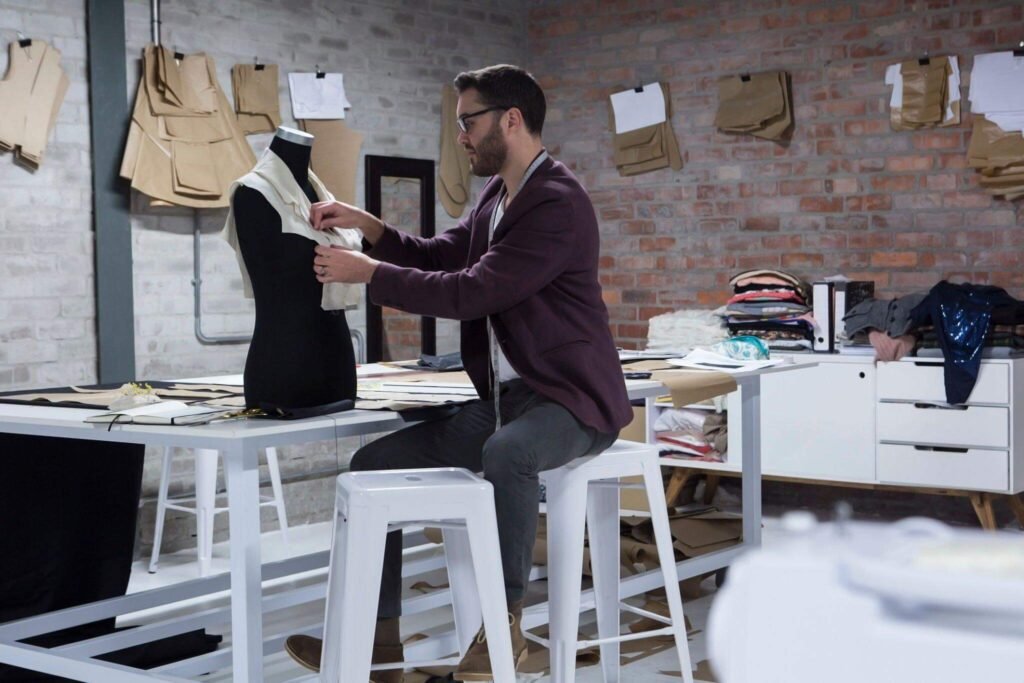
Consider crowdfunding your first major collection. Platforms like Kickstarter or Indigo are a great way to raise money to produce your line on a larger scale. Offer different reward levels for backers, like the chance to pre-order pieces at a discount. A successful campaign will also demonstrate demand for your products to potential boutique partners or investors.
While launching your label is challenging, the rewards of creative freedom and building something from scratch can make it worthwhile. Establish modest goals, concentrate on excellence, develop your abilities and portfolio, connect with real people, and never stop learning—these values will lead you down the runway to success.
You may potentially earn a very nice income as a clothing and fashion designer. Salary ranges, however, might differ significantly depending on things like:
It could take some time to reach higher earning levels in the fashion design sector, despite the great potential for financial benefit.
Although it might be difficult, a rewarding career route for those with the proper creative mind is the first step to becoming a clothing and fashion designer.
To start, get a bachelor’s degree in a related field, such as fashion design or fashion retailing. These programs teach skills like trend forecasting, textile selection, pattern making, and digital design.
Interning at a design firm or with an established designer provides on-the-job training and networking connections. Many new designers land jobs through their internship experience.

It can take time to establish yourself. Many top designers began their careers as assistants or patternmakers.
Following your love for fashion design can result in a fulfilling career, despite the difficult journey. It is possible to leave your stamp on global runways and retail establishments if you have perseverance, skill, and passion.
What are the qualifications to be a fashion designer? A successful career as a garment designer will require several credentials and abilities. Many fashion designers obtain a bachelor’s degree in fashion design, fashion merchandising, or a similar discipline, while formal fashion designer schooling isn’t necessarily necessary.
What subjects are needed to become a fashion designer? Drawing, business procedures, and fabrics are among the things you can learn with a degree in fashion design, fashion merchandising, or a similar discipline. To obtain practical experience, a lot of fashion design programs also mandate internships.
Key skills for fashion designers include:
The road to success as a designer is not predetermined. How to be a clothes designer business, promote your brand, and make it stand out, in addition to covering how to become a fashion designer
You will therefore need to determine which area of fashion most appeals to you. Determine whether you are more interested in the business side of fashion or in creating clothing for which category.
You may easily transform your ideas into reality and see your designs walk the runway if you follow the instructions, maintain your resolve, and never give up on your dream.